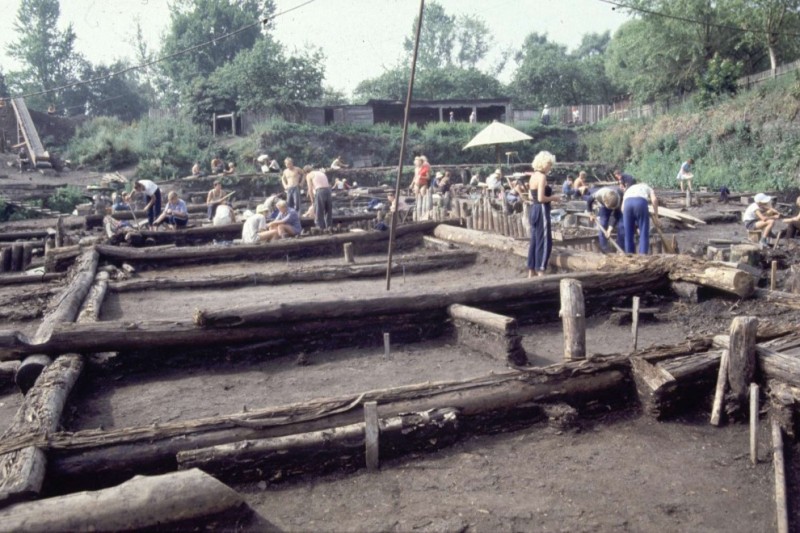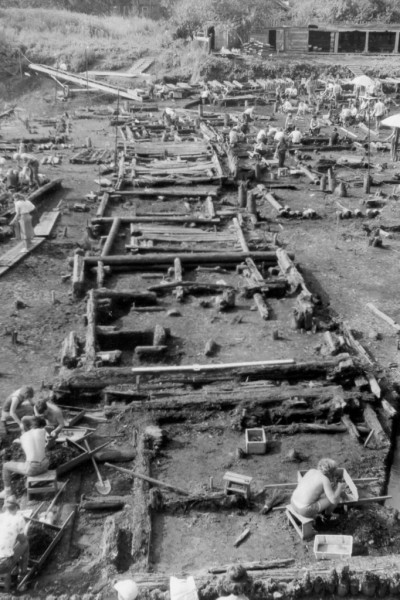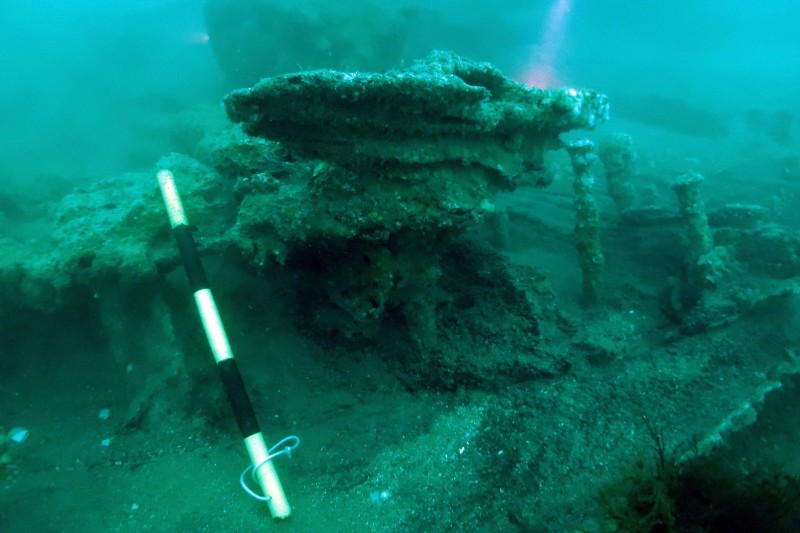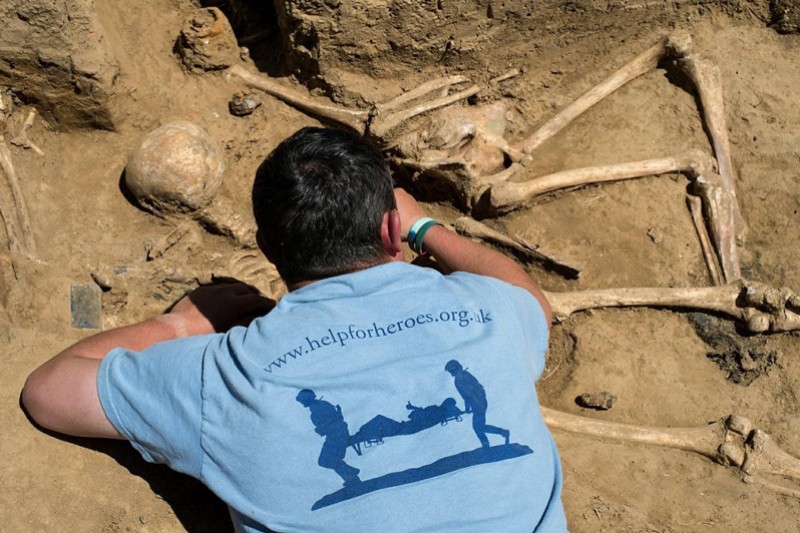Novgorod is a well-known medieval city built almost entirely of wood, which exploited its forests extensively. Due to excellent organic preservation, wooden objects of all kinds have been excavated, studied and published, indicating how different tree species and tree sizes were selected for particular uses (Brisbane and Hather 2007).
The city was founded, according to the Russian Chronicles, in AD 862 although archaeological evidence indicates that it begins with tree felling and site clearance only in the first half of the 10th century. However, nearby, earlier settlements started to have a limited impact on the forest with small scale land clearance for farming beginning in the 8th and early 9th century. But it is from around AD 1000, with rapid city expansion, population increase, and the consequent demand for wood for artefacts, construction and fuel, that the impact on local woodland really begins.
Using archaeological evidence from sites in Novgorod and its hinterland, as well as pollen and other ecological studies, a current project is underway to attempt to map the forest and its exploitation. Using a novel approach rarely used in an archaeological context, a forest simulation model is being constructed using a programme known as LANDIS II.
This programme is normally used by ecologists to predict the impact of different forest management regimes going into the future. However, this study will use LANDIS II to model forest change from approximately AD 800 to 1500, using different scenarios to see how the main species are affected.
Using conifers (predominantly pine and spruce), key deciduous trees (oak, lime, etc ) and other species, and taking into account soil types, height OD, hydrology, climate and the accessibility of the forest, three or four possible scenarios for forest exploitation will be investigated, each with varying degrees of intensity of exploitation. These will be checked against historical surveys and maps of the Novgorodian forest from the 18th, 19th and early 20th centuries.
While it may never be possible to recreate accurately the total forest cover of the hinterland of medieval Novgorod, it should be possible to suggest ways in which the forest was exploited that appear credible when assessed against other types of evidence. In this way, a clearer model should emerge that helps to show how the intensity of land clearance – together with the extensive exploitation of woodland through such activity as artisan production and town construction – all impacted on the forest, its ability to regenerate, the decline of certain species (deciduous mainly), and the deliberate removal of older and larger trees for construction and other purposes. This work is supported by a Leverhulme Emeritus Fellowship.





